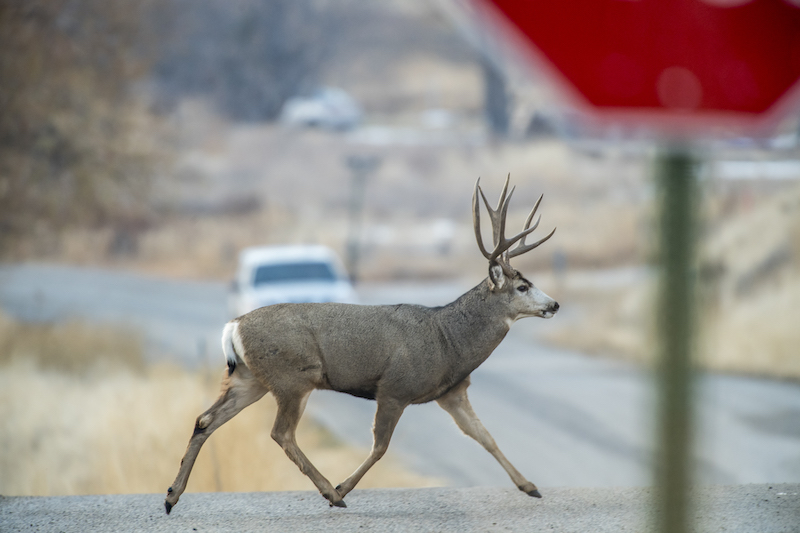Industry
How to Market Hunting to Nonhunters
Want to grow your customer base? Try appealing to nonhunters.
Photo Credit: John Hafner
According to a 2016 survey by the U.S. Fish and Wildlife Service, roughly 5 percent of Americans 16 and older hunted that year. Researchers and other experts believe hunting participation will continue declining for at least the next 10 years.
Although that’s grim news for state agencies, conservation organizations and those who make a living selling hunting products, it also means huge opportunities for those willing to invest time and effort into marketing to nonhunters.
Converting nonhunters to hunters isn’t always as hard as you might think. Consider that only 5% of Americans are vegetarians and just 3% are vegans. That means over 90% of Americans eat meat in some form. As with all those meat-eaters, hunters believe it’s OK to use animals for food. That shared belief system can help you find common ground with nonhunters.

Most hunters consume the meat they harvest or donate it to an organization who will. Photo Credit: ATA
Animal-rights organizations like People for the Ethical Treatment of Animals and the Humane Society of the United States do an amazing job of conflating animal welfare with animal rights. PeTA, HSUS and similar organizations appeal to potential supporters with photos of puppies and kittens. But most people who donate to animal-rights groups would be horrified to learn that many such organizations oppose pets.
Most Americans—including most nonhunters—actually care about animal welfare, not animal rights. They dislike animal suffering. Many are concerned with “factory farms,” and would prefer to buy meat from those who raise livestock humanely.
That’s where you come in. To reach nonhunters, consider what you have in common with them: concern for animal welfare. Likewise, nonhunters should learn that hunters care about and respect animals they pursue.
Hunters sometimes dismiss nonhunters’ concerns about animal suffering as silly or sentimental, which doesn’t build trust or enable dialogue. Instead, you must stress that hunters care about animals, too. In fact, it’s a big reason why hunters hunt. To illustrate that point, we must highlight the hunters’ role in wildlife conservation. Those who engage in legal, ethical, humane hunting practices must not be lumped in with poachers.
Hunters view wild game as the ultimate organic, free-range meat. A big misconception among nonhunters is that those who hunt for food differ greatly from those who hunt for sport. Although most nonhunters accept hunting for food, many express discomfort with “trophy hunting.” It’s important to stress that almost all game animals end up on someone’s plate after hunters harvest them. When speaking with nonhunters, tell them about organizations like Farmers and Hunters Feeding the Hungry, which provides venison to those who need it.

Avoid showcasing hunters in overly-celebratory trophy poses to non-hunters. Remind them that it's about harvesting meat. Photo Credit: ATA
Given that 95% of Americans don’t hunt, it’s not difficult to find places to advertise to nonhunters. But try advertising to those most likely to be intrigued by your message. You’re seeking people who care about how their food is produced and where it comes from, as well as people concerned about their impact on the environment. Folks with those concerns often visit farmers’ markets and attend college, so those are great places to find people receptive to hunting.
You must then present it correctly. When advertising to nonhunters, don’t focus on big “trophy” animals or use “hero shots” with grinning hunters. Nonhunters don’t relate to either. Instead, convey hunting’s benefits to game animals, the environment, wildlife conservation, and hunters themselves. In other words, start from common ground you share with nonhunters—animal welfare—to build a message that resonates with them.
And while you’re at it, take advantage of local resources to invite prospective hunters into your store by promoting and partnering with nearby learn-to-hunt programs. To find a program near you, visit your state wildlife agency’s website. The ATA’s website lists your state agency’s contact information.

WE ARE HERE TO HELP THE INDUSTRY, TO HELP INDIVIDUAL BUSINESSES GET THE MOST OUT OF THE INDUSTRY, AND TO HELP YOU.
